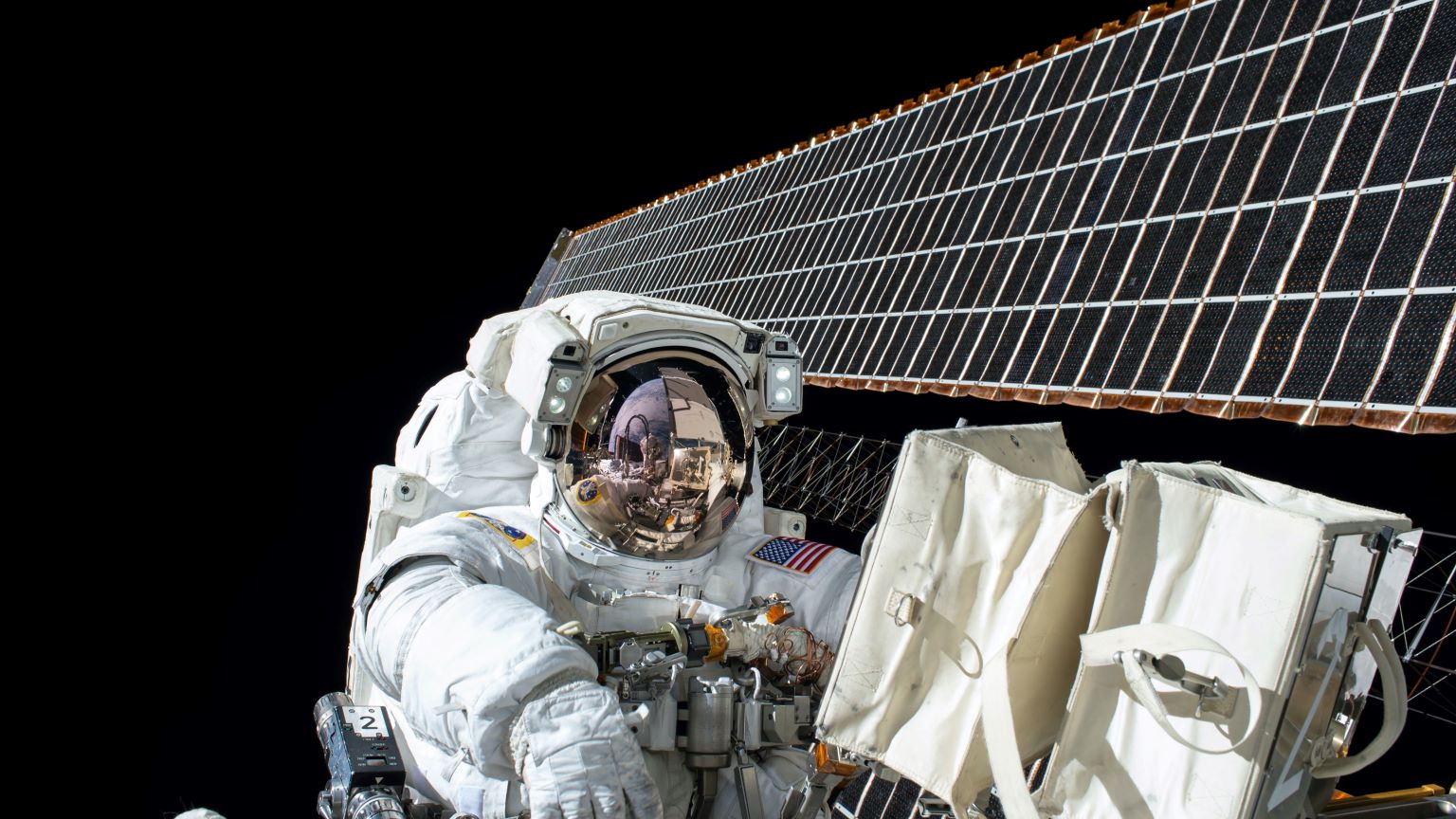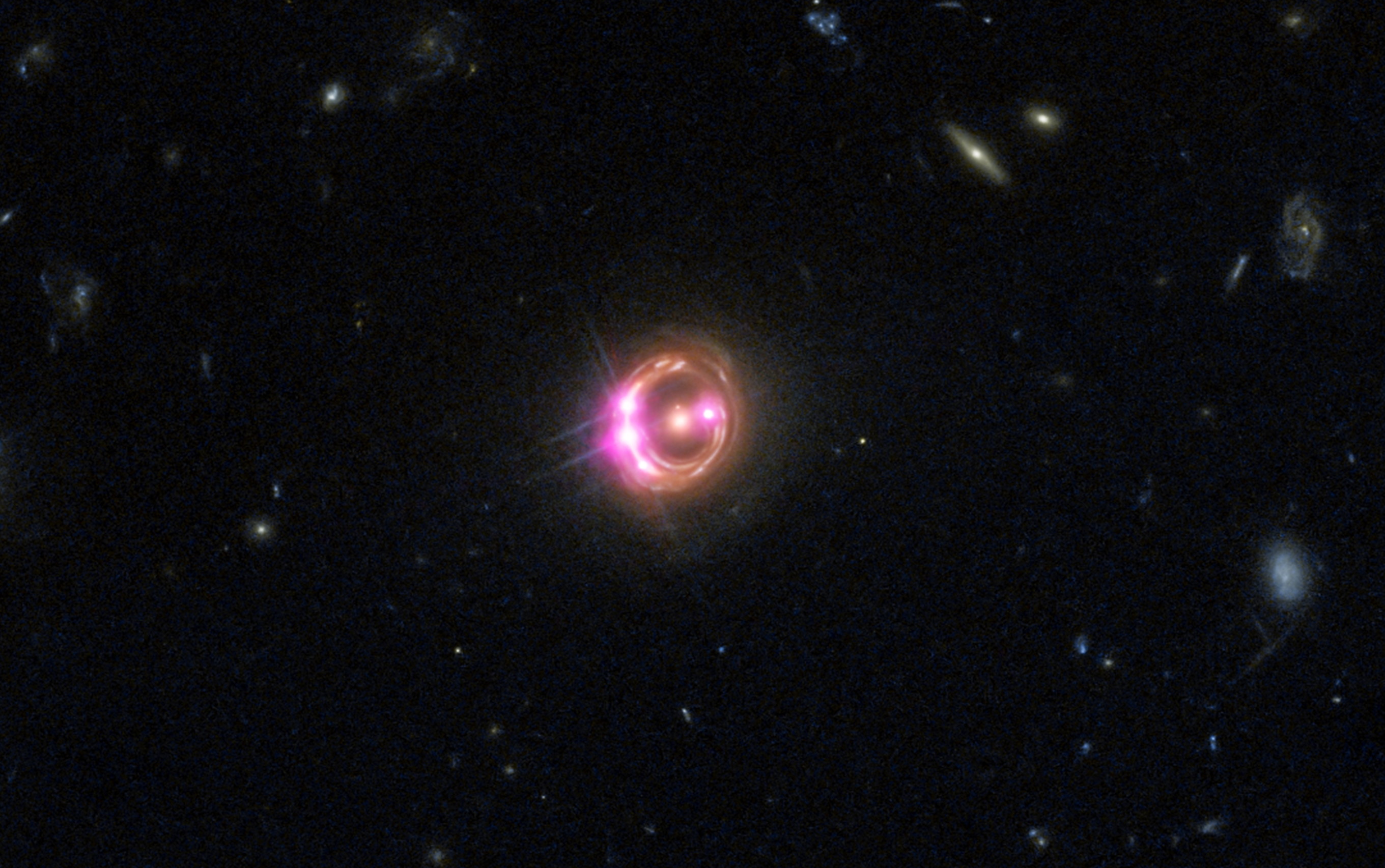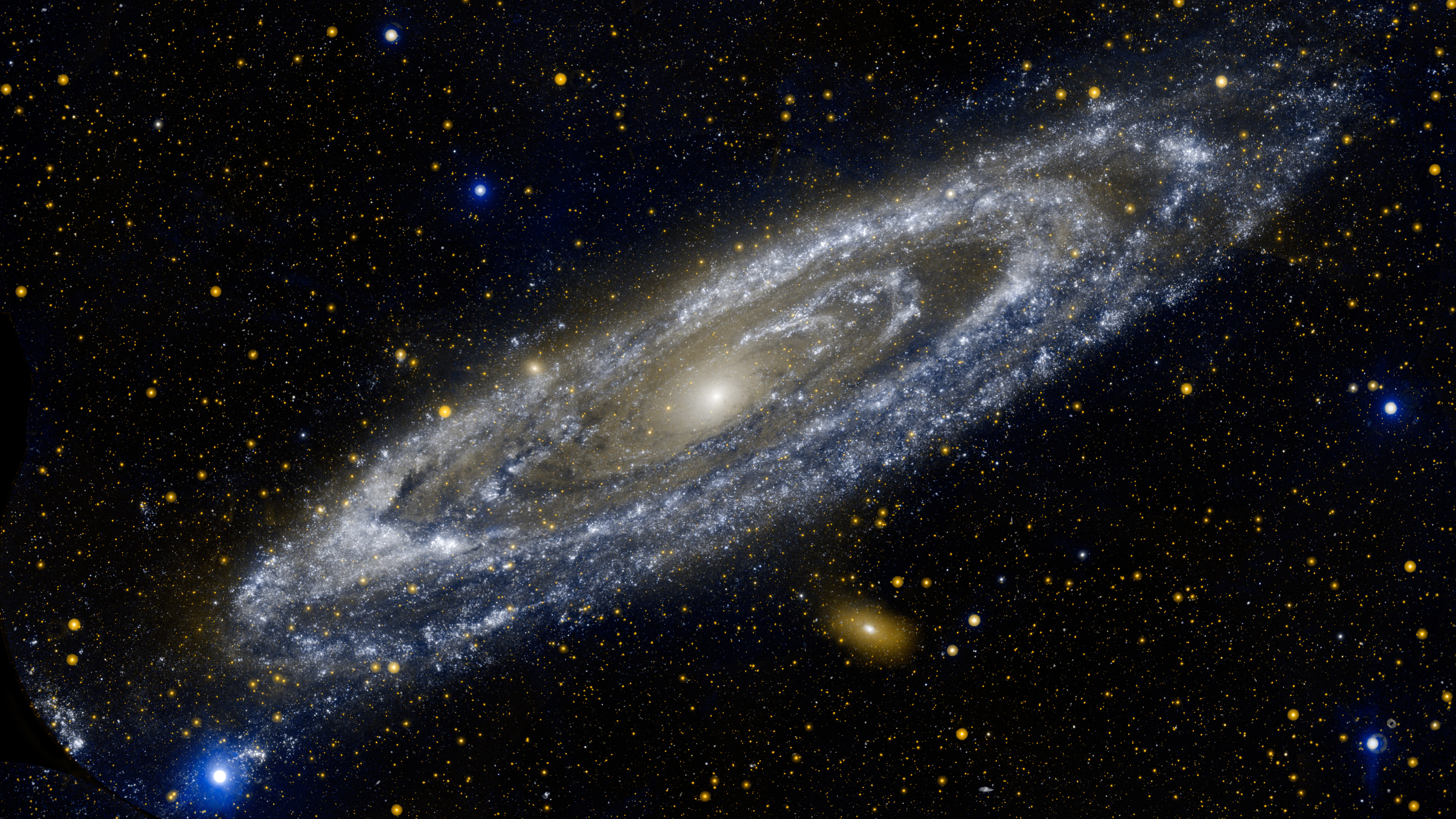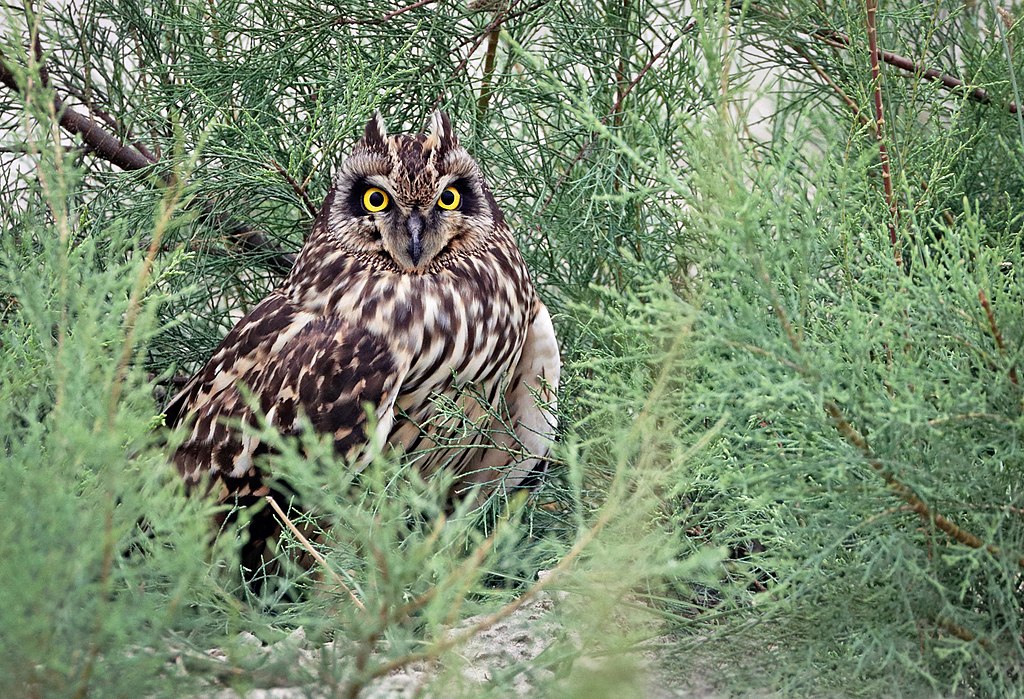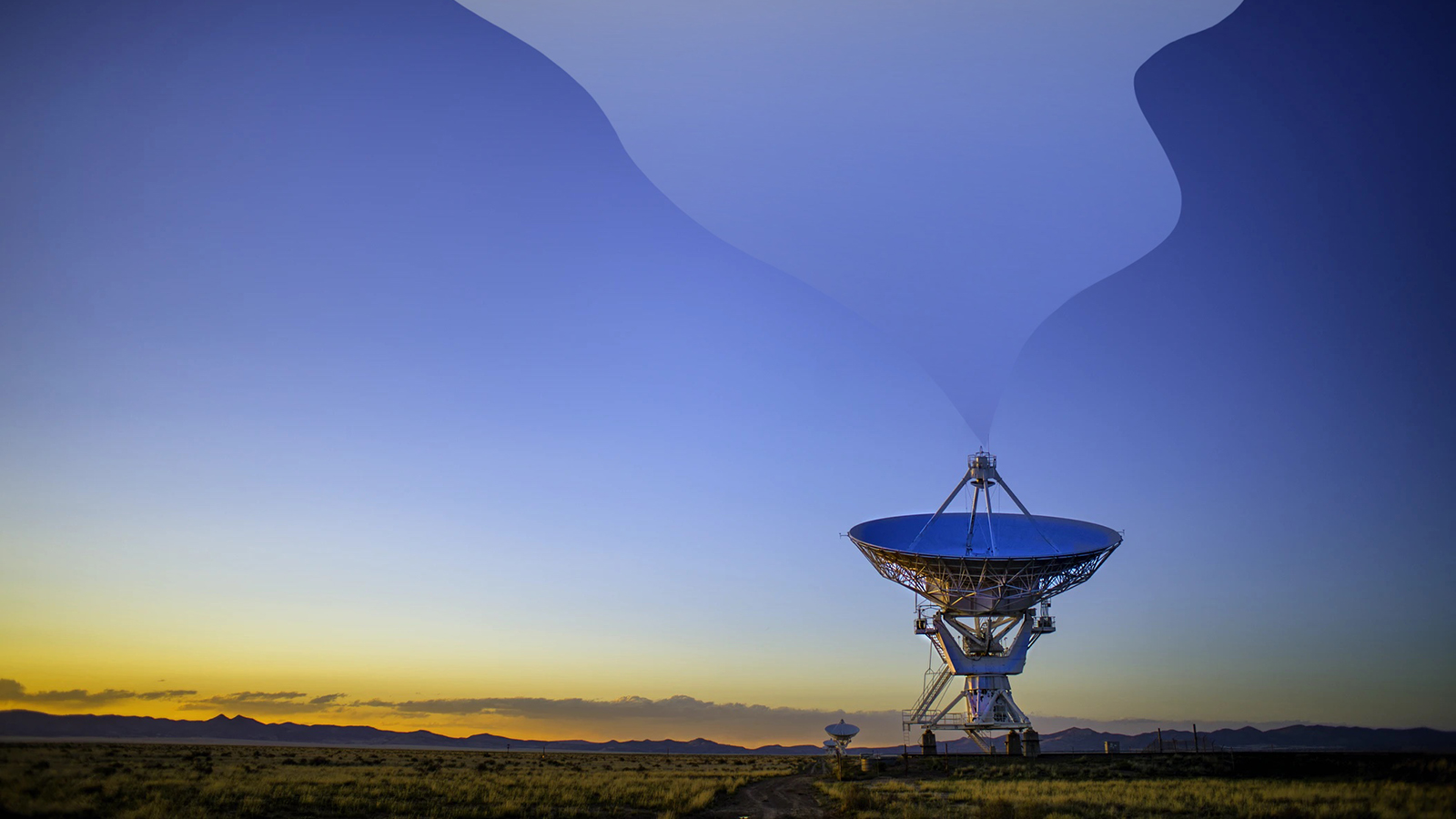Key steps in evolution on Earth tell us how likely intelligent life is anywhere else
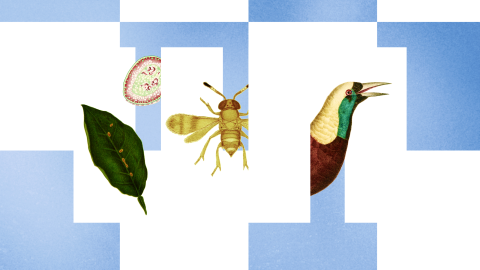
- There are trillions of planets where life could form. But what are the odds that intelligence could evolve on any of them?
- The Hard Steps Model identifies the unlikely accidents that led to intelligent life on Earth. It allows for the possibility of mathematically modeling the possibility of life emerging elsewhere.
- The model makes it seem like intelligence in the cosmos will be really, really rare.
The Universe contains approximately ten billion trillion planets where life could form. With so many places for the experiment of life to get going, it seems almost certain that evolution would lead to other intelligent, technological creatures like us. But is it really so sure?
The problem with just looking at the number of so-called habitable zone planets is that you learn nothing about the odds of an intelligent species evolving on any one of them. If the probability per planet of forming intelligence is less than one in ten billion trillion, then you simply run out of planets before the experiment succeeds — the odds against intelligence forming simply overwhelm the number of places where it might.
So, what is that probability per planet? Is it one in a hundred? One in a million? One in a hundred billion? We simply do not know. Today, however, I want to introduce you to the Hard Steps Model, an idea that has gotten a lot of play in astrobiological literature. If you are interested in the question of intelligence elsewhere — or in how it formed here — the Hard Steps Model is worth knowing.
Forks in the evolutionary road
If we look at the evolutionary record on Earth, we see a line of innovation that stretches from the origin of the first cell all the way through to our big human brains. Evolution is constantly inventing new forms and new processes in its relentless attempts to keep life going. If we attempt to generalize from this story and create a model, we run into the obvious problem: This is the only story of its kind that we have. How can we know a rerun of Earth’s history would play out any differently, or if it would do so on another world? The Hard Steps Model gets around this by looking for, well, hard steps.
A hard step is an evolutionary change that has only occurred once in the entire history of the planet. To understand why this is important, let’s look at an innovation that has happened many times, like wings. There are many examples of evolution figuring out that wings are a useful innovation to add to a species. Insects have wings, and so do birds and bats. This tells us the set of accidents (i.e. mutations) that leads to the emergence of wings was not very hard for evolution to stumble upon.
Other changes in life’s history, however, have not popped up multiple times. The emergence of eukaryotes is one example.
Eukaryotes are cells that have a nucleus containing the genetic material. Before eukaryotes evolved, between 2.5 billion and 1.5 billion years ago, all life on Earth was made of prokaryotes, such as bacteria, that do not keep their DNA bound up in a nucleus. The innovation that led to eukaryotes was incredibly important for life. Every cell that makes up your body, and that of every animal on the planet, is a eukaryote. The formation of eukaryotes is what is called a major transition in evolution. It is a fork in the road that sets the course for everything that follows.
Modeling the cosmos for intelligent life
As far as we can tell, the transition from prokaryotes to eukaryotes only happened once. Unlike wings, there have not been multiple lineages of prokaryotes that popped off into eukaryotic form. For that reason, some astrobiologists have called it a hard step. Every time a prokaryotic cell split, it could have taken a mutational step toward becoming a eukaryote. But the overwhelming majority of the time this did not happen. In this way eukaryogenesis as an evolutionary transition seems to be a hard step, something in evolution that is both very important and very rare.
The important thing about the Hard Steps Model is that it allows for the possibility of mathematical modeling. If each evolutionary step is random and we can assume that certain steps are improbable, there is a relatively simple way to calculate the probability that hard steps lead to intelligence. Andrew Watson, who wrote one of the best papers about the idea, puts the number of hard steps at four. In any model, the steps could include innovations such as the formation of the first replicating molecules, the transition from RNA to DNA, the invention of sex, the evolution of differentiated multicellular creatures, and the invention of language.
Using a list like this, the Hard Steps Model can pump out a probability for intelligence to form on a certain timescale, such as the lifetime of a star. The exact probability you get depends on some assumptions, but generally it comes out pretty low. So low, in fact, that in general the Hard Steps Model makes it seem like intelligence in the cosmos will be really, really rare.
If this makes you sad, you should know that there are ways out of this. The Hard Steps Model is really interesting, but it could also be wrong. For example, what seems like a hard step to us may only look that way because the evolutionary record is incomplete. Perhaps our inability to see all the transitions that occurred leaves us thinking the one we did see is unique.
There are other objections, and I plan on returning to this subject later. But for now, if you want to know about the odds of intelligence and evolution taking place out in the cosmos, or about how unlikely it was to happen here on Earth, you have to know about the Hard Steps Model.
